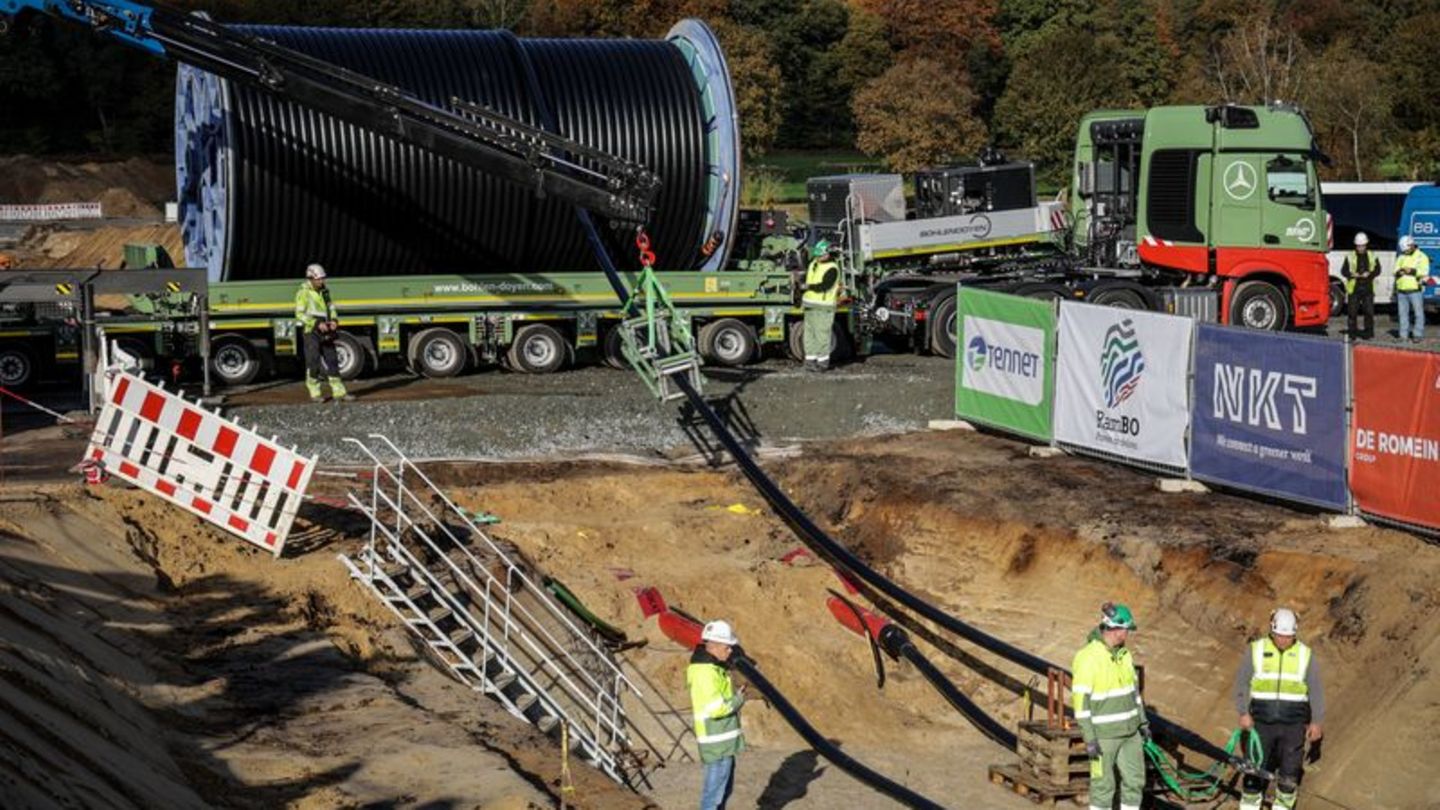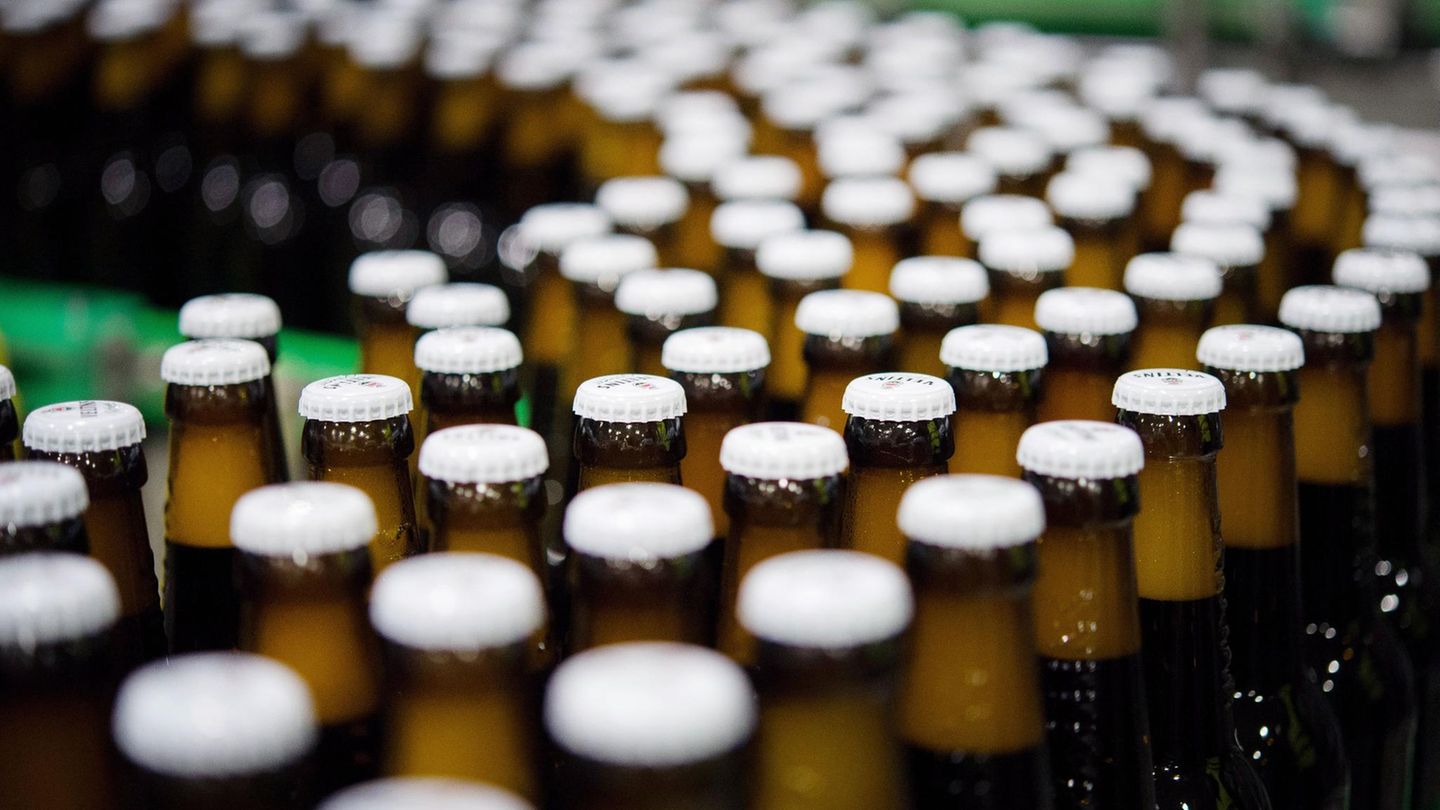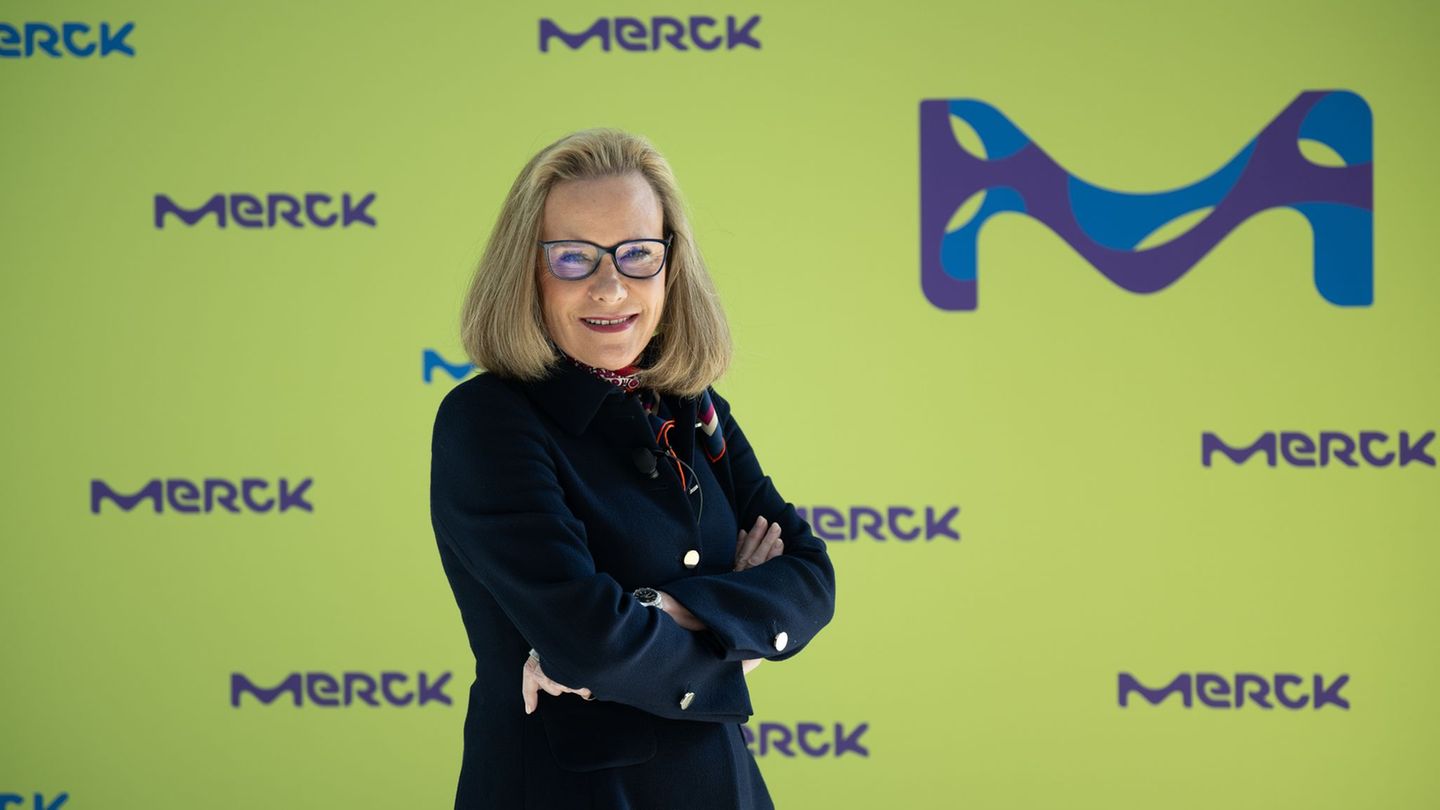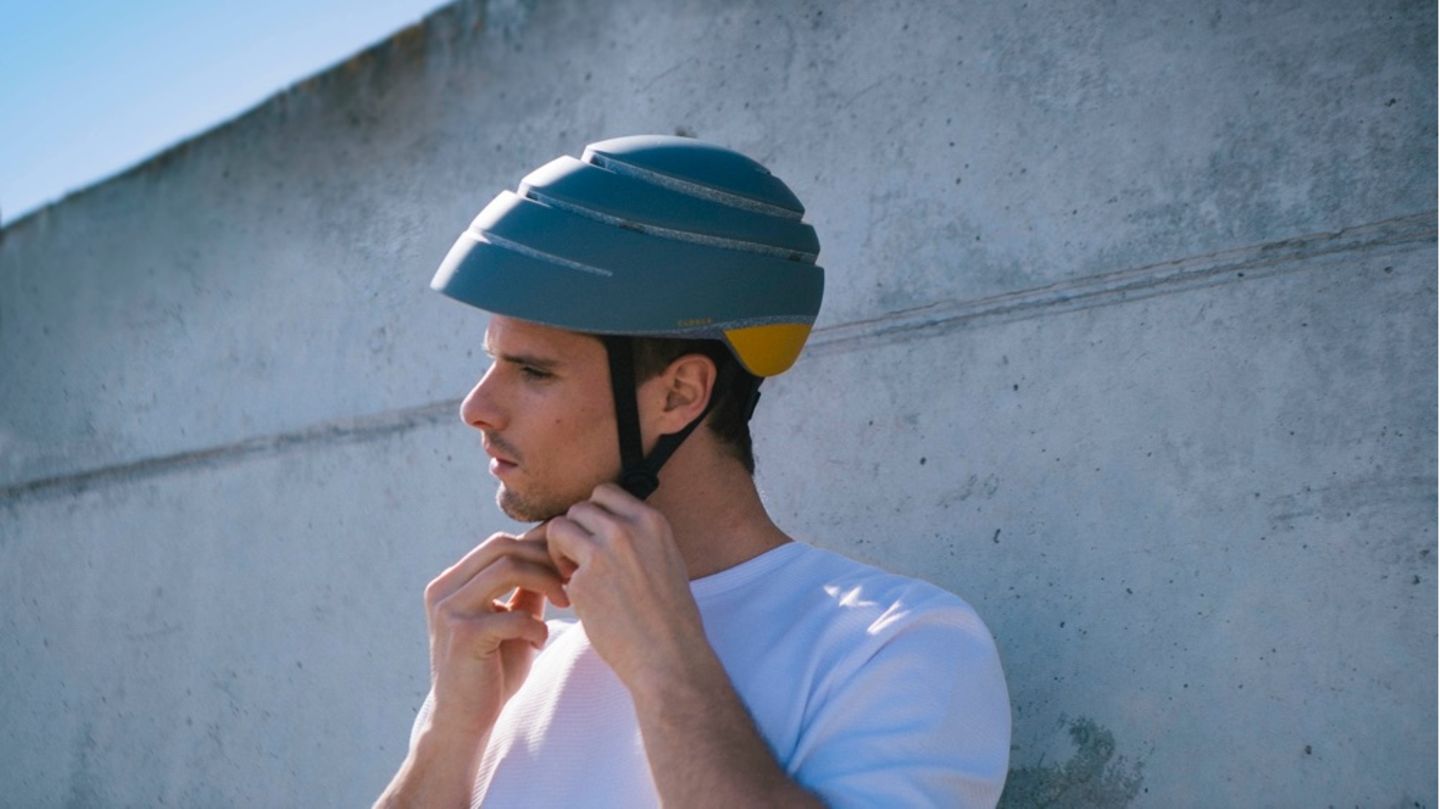Heavy cables are supposed to transport electricity across the entire country – underground and over hundreds of kilometers. The construction work for the route is complex.
The trench has been dug and the construction machinery is running: construction workers have laid the first cables for the Suedlink electricity highway in the Rotenburg (Wümme) district of Lower Saxony. In the future, the route will transport green electricity from the windy north to southern Germany. “With the cable pull, Suedlink will become a reality kilometer by kilometer,” emphasizes Tim Meyerjürgens, manager at the operator Tennet.
First cables for electricity highway
After the nuclear power plants were shut down and coal was phased out, Bavaria and Baden-Württemberg in particular are dependent on wind power from the north. Experts believe the expansion of the power grid is necessary as part of the energy transition. Citizens’ initiatives and action alliances, on the other hand, have repeatedly expressed concerns about the megaproject and threatened to sue. Among other things, they fear negative impacts on agriculture and the environment.
The cable work starts in the municipality of Heeslingen, and cables have so far been laid there over a distance of around twelve kilometers. “We are currently at the very beginning of the cable installation and are ramping up activities little by little,” said a Tennet spokesman. More than 2,400 kilometers of cable are to be laid across Germany.
The electricity route runs through six federal states: from Schleswig-Holstein via Lower Saxony, Hesse and Thuringia to Bavaria and Baden-Württemberg. Strictly speaking, Suedlink is two power connections with four cables: They start in Wilster and Brunsbüttel in Schleswig-Holstein, join under the Elbe and branch out again in southern Germany. Two cables end in Bergrheinfeld in Bavaria, the other two in Leingarten in Baden-Württemberg.
Soon there will be dozens of construction sites nationwide
Digging and drilling is already underway in some places, said Thorsten Dietz, director of direct current projects at Tennet. For example in the Heilbronn area or on the Elbe. From next year there will be dozens of construction sites nationwide. “We build sections that we gradually connect.”
It will take at least four years before electricity flows. “It’s not like highway construction, where I can release something from driveway to driveway,” says Dietz. “Suedlink can only go into operation when the entire system is ready.” It should be ready at the end of 2028, six years later than originally planned.
Cable is pulled into the trench meter by meter
But first the cables have to be laid. According to the company, a trench will be dredged layer by layer. The underground cable is delivered with a heavy transport truck; any transport of a cable drum weighing several tons requires a special permit.
A crane finally lifts the cable into the approximately 1.3 meter deep tunnel. There it is pulled with a rope, under the constant observation of three men. Every few steps they lift the cable over the next bracket using a winch. They only make slow progress, moving about one meter per minute. In the end, the connection should be around 700 kilometers long.
If the route crosses railway lines, roads or rivers, workers use a special drilling method to lay the cables. Finally, the trench is filled with earth again. In a few years, nothing will be visible from the construction site. The operator assures that the areas could then be cultivated agriculturally without restrictions.
Electricity for ten million households
In purely mathematical terms, the electricity highway is intended to supply ten million households with green electricity. “This is the energy that four large nuclear power plant blocks used to generate,” explains Dietz. Suedlink is intended to transport direct current. Less energy is lost than when transporting alternating current. Converters at the end points of the power line convert direct current into alternating current. Tennet is responsible for planning and construction in the north of the country, while TransnetBW is responsible for central and southern Germany.
Impact on electricity prices still unclear
When laying underground cables, there is less interference with the landscape than with electricity pylons, but it does cost a lot of money. According to their own information, the operators expect around ten billion euros.
It is unclear what the future commissioning of Suedlink will mean for electricity prices. What is certain is that the costs of the project will be passed on to network fees over decades and thus end up with consumers. At the same time, the new route is intended to prevent bottlenecks in the electricity supply – which saves money. In the best case scenario, no additional electricity needs to be purchased nor additional power plants need to be started up. Fewer bottlenecks put less strain on your wallet.
Source: Stern




